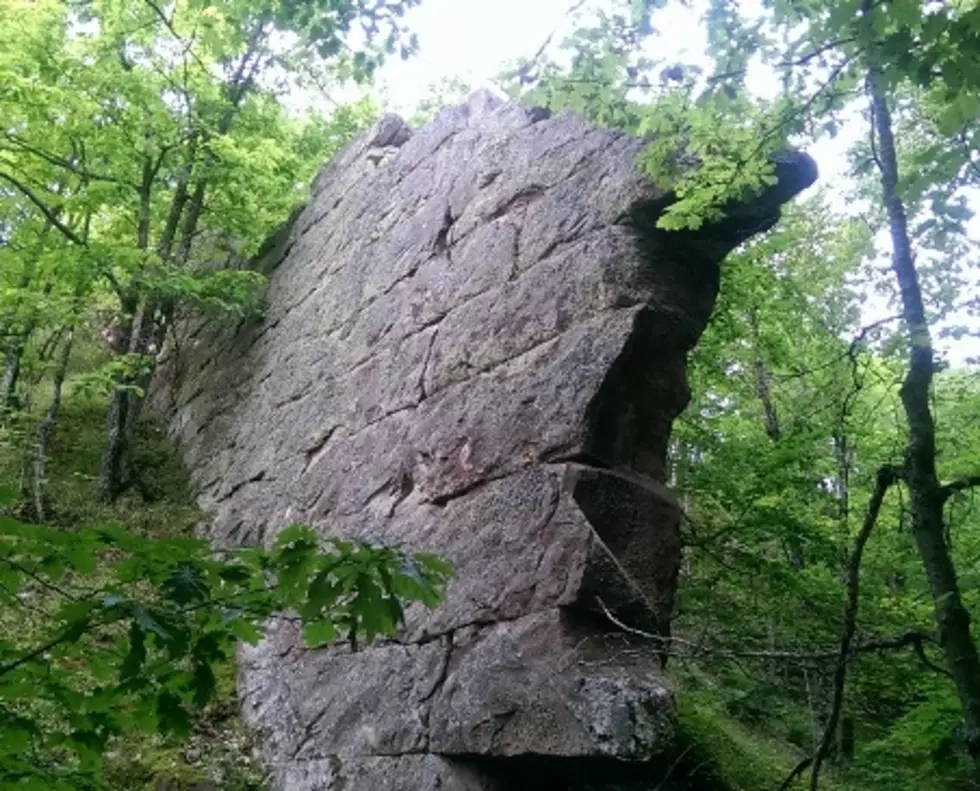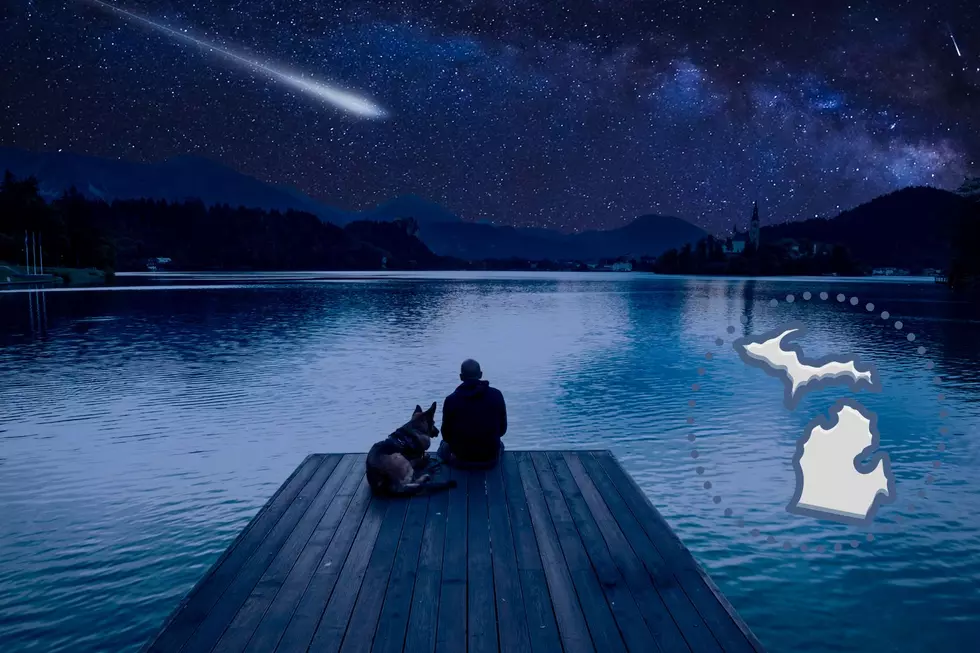
Michigan’s Great Wall: Is it Man-Made or Not?
It’s not exactly the Great Wall of China or Hadrian’s Wall, but if you ever do get a chance to see the Keweenaw Wall in Michigan’s Upper Peninsula, you might wonder if it ever served a similar purpose. Those more famous walls were designed to protect and keep marauders and invaders out.
Michigan Back Roads author and adventurer Ron Rademacher came upon it once and talked about it on the 95.3 WBCK Morning Show with Tim Collins.
“Near the historic town of Laurium, on the Keweenaw Peninsula, there is an enigmatic wall,” said Rademacher. “It is in a deep ravine, is considered by some to be man-made, and has been the subject of debate for generations.”
The wall, located a couple of miles off the beaten path, just north of Lake Linden, is not far from the Keweenaw fault. It is a formation of stone that may have been created by volcanic activity long ago along during the "Jacobsville sedimentation" period. Or maybe some ancient civilization built it to defend their lands? Or, maybe ancient aliens.....ok, never mind that part.
“Yooper-Michigan” notes that it's a very unusual rock or stone formation that appears to be granite on one side, and appears completely different on the other side, where a more sandstone-looking appearance of rock shows on the opposite side of this unusual formation.”

Rademacher says the wall looks to be made of large, squared blocks of stone, and maybe too square to be naturally occurring. “The horizontal seams between blocks run very straight and the vertical are staggered giving the whole thing the appearance of a block wall with courses, just like you would see in a brick or concrete block wall. It comes right out of the side of the gorge, and half of it has fallen down but you can see that at one time the wall went completely across the gorge. Some people speculate that it may have been a dam, because there’s a stream down there. None of it makes any sense. When you go and see it and you stand next to it you realize just how gigantic this is, you realize that it would have been a monumental job. And yet, I’ve never seen anything like this in a natural formation.”
But he cautions that this wall is not something you can easily find and negotiate. “This is a deep ravine. I would estimate it at roughly 60 feet in depth. The sides of the ravine are extremely steep. The wall in the ravine is partially broken. It protrudes out of the side of the ravine on one side. On the other side, only parts of the wall remain, forming a sort of stairway that is a real help in climbing down and back up. The remnant of the wall that is still intact is at least 30 feet tall. There are fragments of the wall scattered about the small stream that runs through the bottom of the ravine.”
Despite the “stairs” formed by wall blocks on one side of the ravine, Ron says the way down is treacherous. “It is steep and slippery. There are no railings, no ropes, and no cell service. In other words, a trek into this ravine is no joke and, you will have to climb back up out without aid. It is probably a bad idea to go down into the ravine alone. One slip and it is a long fall down to the bottom.”
And there’s another, even bigger problem. “The ravine and the wall are on private property.” For that reason, you’re on your own, finding it.
How Many in America: From Guns to Ghost Towns
More From WBCKFM









